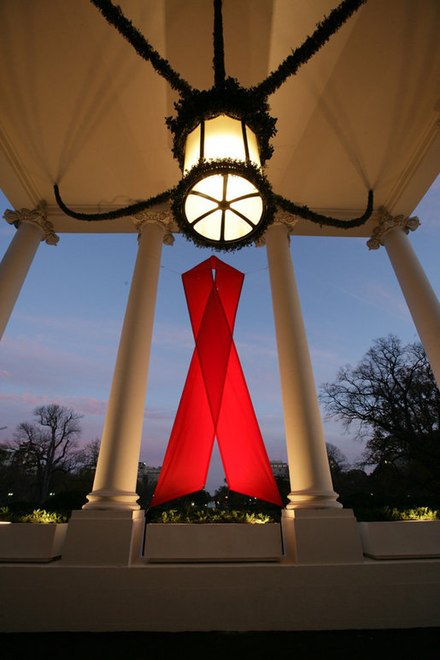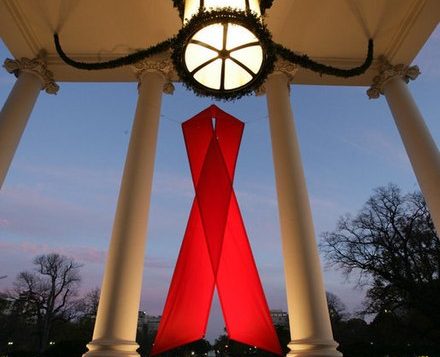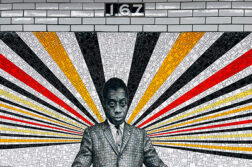
According to the Centers for Disease Control, in 2017, there were 1.8 million new cases of HIV diagnosed worldwide. Those numbers brought the total to 36.9 million people living with the illness that year. In April 2017, at age 59, I became one among those millions and my entire life changed. The doctor’s office called and gave me the news that nobody wants to hear. My HIV blood test came back positive.
I fly occasionally, mainly throughout the United States and, on a few occasions, I’d developed travel bugs. Airplanes aren’t the healthiest environments to spend time in and, occasionally, I’d return from a trip with a persistent cough, treat it with over-the-counter medications, and eventually shake it off. In July 2016, after one of these trips, the coughing wouldn’t go away.
Nine months of coughing, extreme fatigue, family doctor visits, antibiotics, steroids and treatment by a lung doctor led to the HIV test, and the result was good news to some – at least it wasn’t lung cancer, two close friends said as they sighed with relief. To me, it was devastating news that took a long time to comprehend. I called in sick at work and stayed home crying the first couple of days. After that, the best term I can think of for what I was going through is shell shock. To this day, nearly two and a half years later, I still on occasion enter a state of disbelief. Yes, it truly happened to me. It’s not a bad dream.
I should add that during those nine months, I honestly never thought of HIV. Was I kidding myself? I obviously was. It didn’t occur to the doctors either. They didn’t know I was gay. (They do now!) I live in the Midwestern United States and, right or wrong, I’ve chosen to lead a fairly quiet gay life. Sadly, I wasn’t getting tested as often as I should have been, and I will always regret that. I now advocate being tested frequently. When someone says they’ve been tested a year ago or even two years ago or more, I tell them they need to test more frequently. Anything can happen.
Immediate assignment to an infectious disease doctor after the diagnosis brought my numbers under control very quickly. With HIV, there are two numbers that are of great concern. Your CD4 measures your immunity levels and the ability to fight off viruses in your body, while the viral load indicates how much virus is in your system. A normal, healthy person should have a CD4 number of about 500 to 800, with some as high as 1,200. In April 2017, mine was 115, which I’ve been told is a clinical diagnosis of AIDS. I was spared, thankfully. My viral load was more than 500,000. That’s a dangerously high number, but my infectious disease doctor said that he’s seen patients with viral loads in the millions. I was put on medication the same day of my first visit to him.
Thank God for the research that’s been done and those nameless and faceless scientists who have made great strides with medicine. I’m alive and able to write this today because of them and I will always be grateful.
Today, my CD4 is over 500 and my viral load is under 40. Those numbers have remained consistent for almost two years now, which labels me as “HIV undetectable.” That means that it’s nearly impossible for me to spread it to another person. Within the gay community, some understand – especially medical professionals and those who are educated – while others avoid me like the plague. I guess I can’t blame the last group. Before my diagnosis, I felt the same way. I was uninformed. Today, I’m much more compassionate. I truly wish more people were. (Unfortunately, it took a diagnosis to open my eyes.)
When you’re diagnosed with HIV, news travels fast. The first call I received was from the local health department, wanting to spend time with me to discuss local resources and learn the names of my partners. Two young workers visited my home. They directed me to a local HIV/AIDS organization. Because I was working full time, I didn’t need any financial assistance. What I did seek was networking with others who had been diagnosed. What were their issues? How did they react? How did they move on?
The support group meetings I attended were disappointing, to say the least. I seemed to be the only person with an education and a job. Most of those attending were unemployed and living off assistance, and I couldn’t understand or relate. I finally sought help from a local therapist for several months, and she listened, advised and helped me move on. I owe a lot to her caring and invaluable counsel.
I’m learning daily how to live with HIV. There is much more to learn, and I’ve found that the best teachers are others who have been diagnosed. Some have become close friends because they empathize with what I experience daily and share their tremendous wisdom.
The toughest part of the entire experience is the stigma that still exists and will take generations to remove completely. We are not dirty animals to be avoided. We are still human beings who feel deeply, who love and who need to be loved. I’m reminded of a quote from Princess Diana, “HIV does not make people dangerous to know. So, you can shake their hands and give them a hug. Heaven knows they need it.” While this was nearly 30 years ago—when advances in medication weren’t where they are today—it’s still very much relevant today.
Tom Williams is a retired communications professional who does contract communication services for a local nonprofit organization. He’s in a relationship with a wonderful man for almost a year now, who is HIV negative but completely understands and supports Tom’s situation. Williams also has two biological children, ages 37 and 36, from a previous marriage. He can be reached at mbsolderguy@gmail.com and welcomes comments from all folks, esp. those who have found themselves in similar situations.






